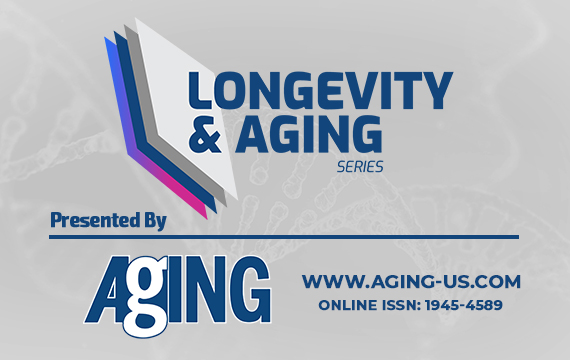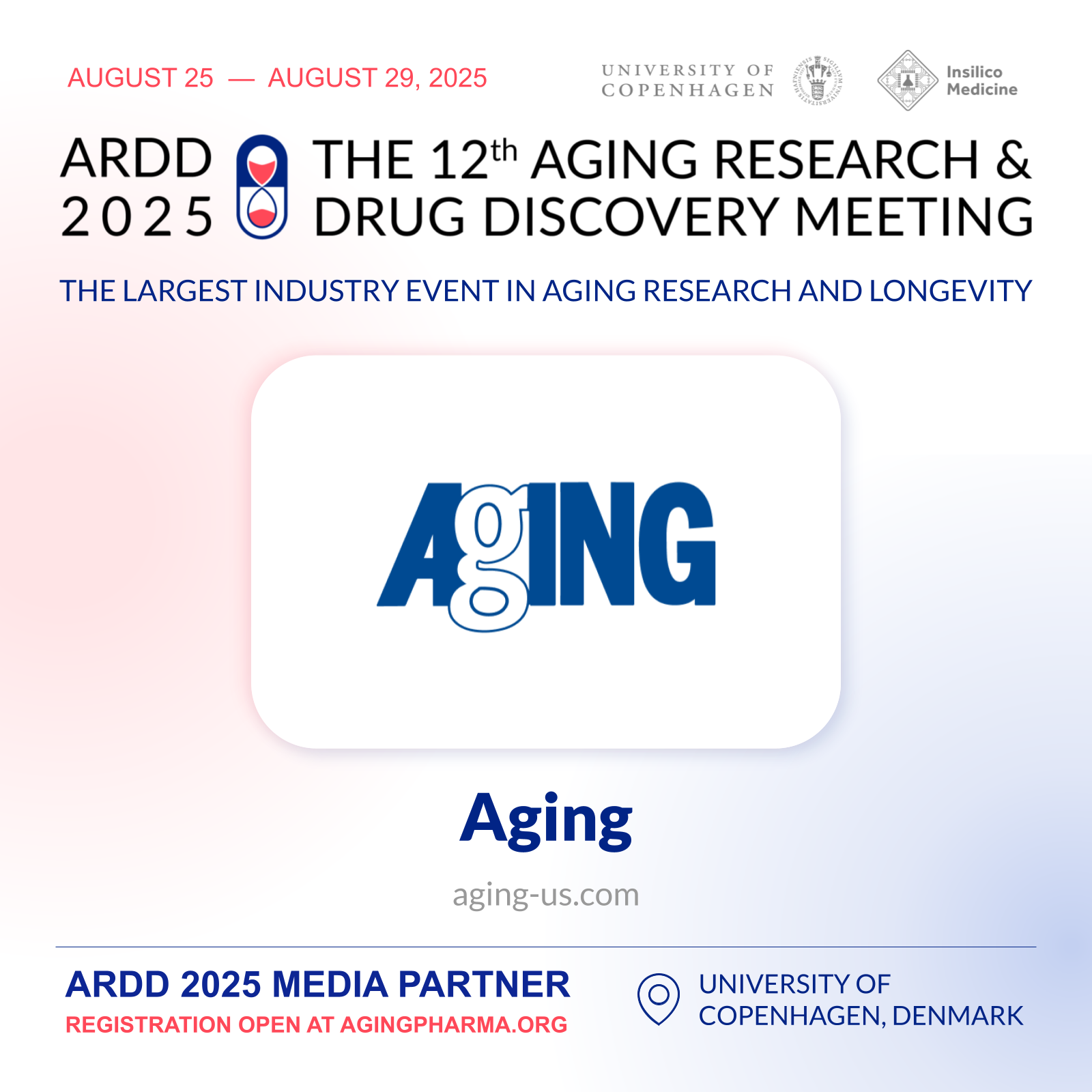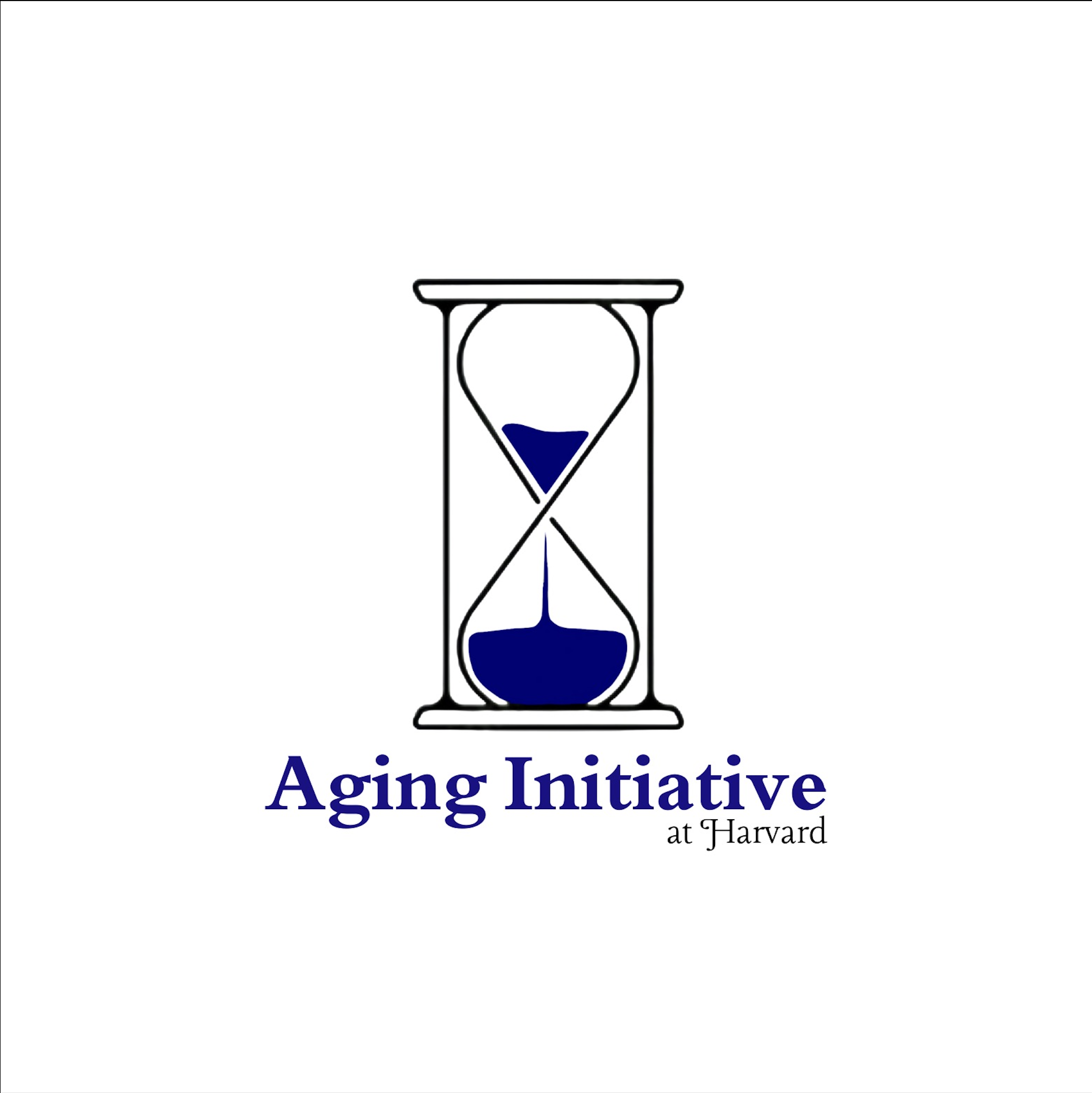Research Paper Volume 16, Issue 17 pp 12252—12262
Upregulation of EFCAB7 after radiofrequency ablation promoting hepatocellular carcinoma metastasis and survival by regulating PARK7
- 1 Department of Interventional Oncology, Renji Hospital, School of Medicine, Shanghai Jiao Tong University, Shanghai, China
Received: July 6, 2023 Accepted: March 12, 2024 Published: September 12, 2024
https://doi.org/10.18632/aging.206073How to Cite
Copyright: © 2024 Cui et al. This is an open access article distributed under the terms of the Creative Commons Attribution License (CC BY 4.0), which permits unrestricted use, distribution, and reproduction in any medium, provided the original author and source are credited.
Abstract
Background: Radiofrequency ablation (RFA) is an established treatment for unresectable and early-stage hepatocellular carcinoma (HCC). However, in some cases, residual tumor cells undergo malignant transformation following RFA. The molecular mechanisms underlying this phenomenon remain poorly understood. EFCAB7, a member of the EF-hand structure family, is of particular interest due to its association with oncogenesis. Nevertheless, the role of EFCAB7 in oncogenesis remains unclear.
Methods: Gene expression level of EFCAB7 in HCC tissues before and after RFA was measured, while in vitro and in vivo experiments were proposed for exploring the roles of EFCAB7 in tumor cell proliferation and metastasis. Mass spectrometry and CO-IP were adopted to validate the interaction between PARK7 and EFCAB7. Finally, PARK7 in EFCAB7 silencing cells was overexpressed and different functions were measured in vitro to determine regulation between two genes.
Results: EFCAB7 showed increased expression after RFA in patient samples and EFCAB7 expression correlated with poor prognosis in HCC patients from the TCGA database. Then, EFCAB7 promoted HCC tumor cell proliferation and metastasis while inhibiting apoptosis. Furthermore, Mass spectrometry and Co-IP experiments revealed a direct interaction between EFCAB7 and PARK7. Finally, when we overexpressed PARK7 in EFCAB7 knockdown tumor cells, it rescued proliferation and metastasis, indicating a functional relationship between these two genes.
Conclusions: EFCAB7 might be a core contributor to HCC cells’ malignant transformation after RFA and could be a potential novel target to provide a therapeutic strategy for the prevention of recurrence after RFA in HCC.



